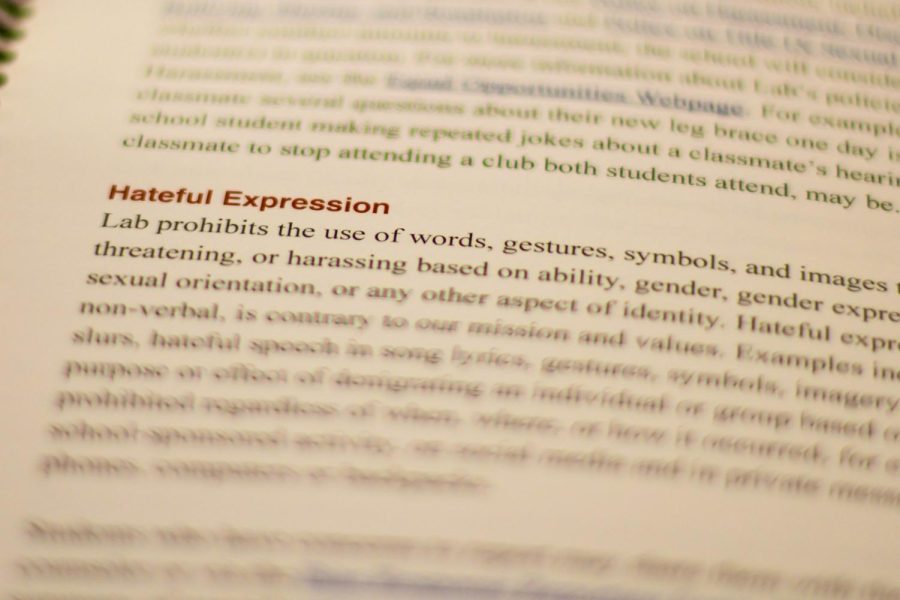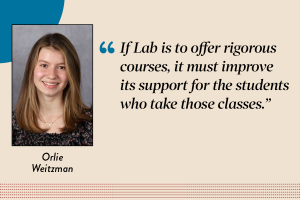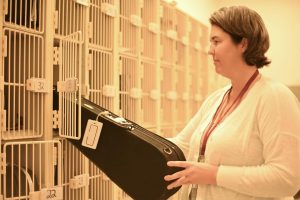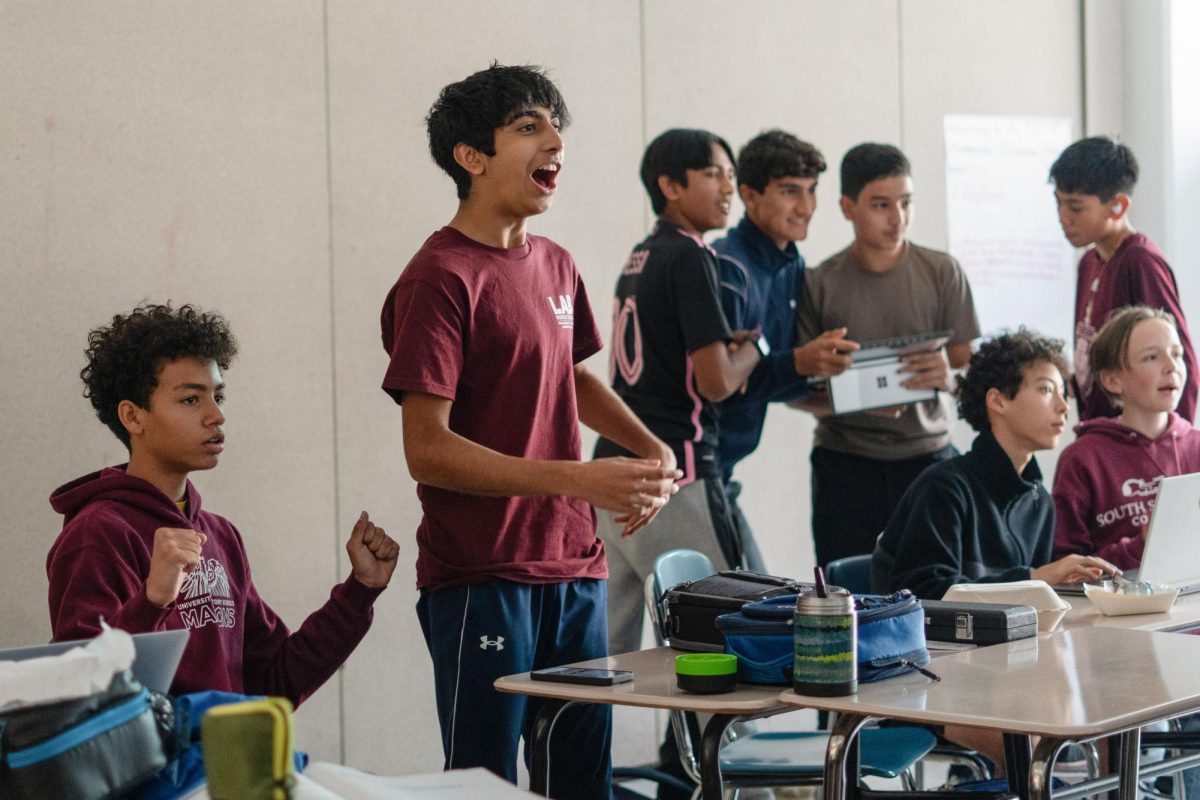Administrators: Denounce and address hateful actions
The administration has a codified responsibility to acknowledge student concerns and respond to violations of community norms.
November 3, 2022
Recently, a social media account apparently tied to a U-High student responded to questions submitted by the account’s followers by posting several statements degrading specific racial and religious identities. The submitted questions and the responses were undoubtedly incendiary, self-described as “controversial” and posted publicly.
Predictably, pictures of the statements quickly spread among students. Clubs held group discussions, and leaders collaborated to organize an intersectional meeting to help students process the content of the posts.
Multiple students reported the statements through the Bias Response Reporting Form, but so far, the administration hasn’t publicly addressed the situation.
The student and family handbook defines “hateful expression” as any form of communication with “the purpose or effect of denigrating an individual or group based on identity.” For U-High students, hateful expression is “prohibited regardless of when, where, or how it occurred.”
The handbook outlines how community members can report incidents of hateful expression and promises that when these issues are reported “the school will take steps to address the impact of any such behaviors on our community as well as providing the affected individual(s) with support.”
In two paragraphs, the handbook lays out a comprehensive definition of hateful expression and thoughtfully details how the school should address hateful expression when it occurs. Unfortunately, this recent event proves that this well-articulated system hasn’t translated into practice.
When hateful expression occurs within the school community, the administration has a responsibility to acknowledge student concerns and set a precedent of action in response to violations of community norms. This responsibility is codified in the handbook and is necessary to promote a safe and open community.
However, recent events have shown that the school is not fulfilling this crucial responsibility. Inaction affirms and enables the culture of discrimination fostered within small groups at U-High and leaves targeted students and groups feeling vulnerable and abandoned.
The handbook clarifies that incidents of hateful expression mandate extra support and communication from the administration. This response is essential, informing parents and teachers so they can help students work through their thoughts and feelings, curbing the speculation and incorrect details that spread between students, and giving the community evidence that the reports have been seen and the issue is being considered. The absence of communication voids these positive impacts and introduces the expectation that our school rules and values are inconsequential.
Specific details of situations involving students are rightfully required to remain private, but realistically, students have seen the circulating images. Because students are aware of the recent incident, students also see when it seems like nothing is being done in response. The appearance that hurtful, discriminatory words go publicly unaddressed feeds into a larger cultural problem at U-High.
Some students are comfortable with casual bigotry, played off as jokes or said for shock value, while other students are painfully aware of these small-but-vocal pockets of our school. Students who identify as members of targeted minority groups deal with the knowledge that their peers don’t afford them respect and find parts of their identity worthy of ridicule. When large incidents of harmful, discriminatory actions are reported to the administration, the school has the opportunity and the defined responsibility to firmly communicate what our community stands against hate. This time, the administration’s silence feeds the harmful culture that already exists in our community.












